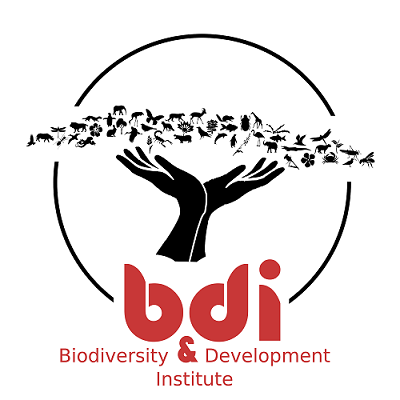View the above photo record (by Gregg Darling) in OdonataMAP here.
Find the Palmiet Sprite in the FBIS database (Freshwater Biodiversity Information System) here.
Family Coenagrionidae
Pseudagrion furcigerum – PALMIET SPRITE
Identification
Small size
Length attains 37mm; Wingspan up to 49mm.
Males closely resemble Pseudagrion kersteni (Powder-faced Sprite). The Palmiet Sprite is best identified by having a bright, lime green labrum. The Powder-faced Sprite has a blackish labrum.
Females are unusual among sprites in being quite colourful. They range in colour from green to bright orange and show diagnostic dark markings near the tip of the abdomen.
Click here for more details on identification.

Seweweekspoort, Western Cape
Photo by Ryan Tippett
Habitat
Occupies clear, rocky streams and rivers, often in mountainous areas. Frequents both still and flowing sections, but prefers habitats with a rich growth of sedge, grasses and especially Palmiet reeds.

Photo by Sharon Stanton
Behaviour
A conspicuous species that sits in the open on an overhanging reed or on a rock close to the water. Often spends long periods perched. Both sexes occur side by side.
Most active from September to April (see Phenology below).
Status and Conservation
Locally common. Listed as of Least Concern in the IUCN Red List of Threatened Species. Only known from high quality habitats and as such is not tolerant of habitat degradation.
Distribution
The Palmiet Sprite is endemic to South Africa.
It is found at low elevations in the Western Cape and the south-western parts of the Eastern Cape Province.
Below is a map showing the distribution of records for Palmiet Sprite in the OdonataMAP database as at February 2020.

The next map below is an imputed map, produced by an interpolation algorithm, which attempts to generate a full distribution map from the partial information in the map above. This map will be improved by the submission of records to the OdonataMAP section of the Virtual Museum.


Ultimately, we will produce a series of maps for all the odonata species in the region. The current algorithm is a new algorithm. The objective is mainly to produce “smoothed” maps that could go into a field guide for odonata. This basic version of the algorithm (as mapped above) does not make use of “explanatory variables” (e.g. altitude, terrain roughness, presence of freshwater — we will be producing maps that take these variables into account soon). Currently, it only makes use of the OdonataMAP records for the species being mapped, as well as all the other records of all other species. The basic maps are “optimistic” and will generally show ranges to be larger than what they probably are.
These maps use the data in the OdonataMAP section of the Virtual Museum, and also the database assembled by the previous JRS funded project, which was led by Professor Michael Samways and Dr KD Dijkstra.
Phenology



